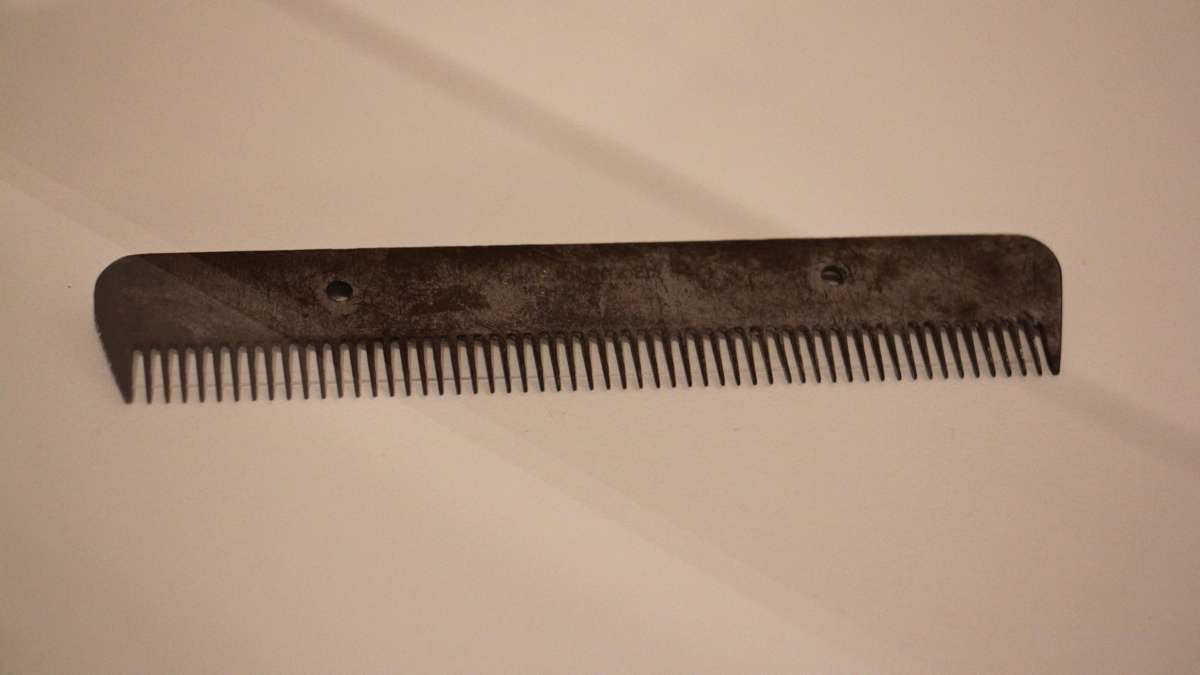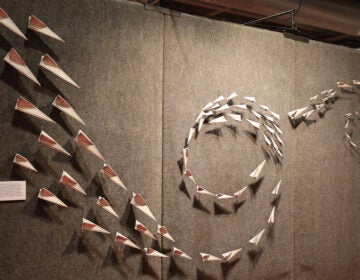‘Fountain’ springs eternal as joke on art world
Today, April 1, the Philadelphia Museum of Art is reviving an old art joke — one that still reflects serious issues of contemporary art.
One hundred years ago — in April 1917 — the artist Marcel Duchamp bought a porcelain urinal at a plumbing warehouse in New York, put it on a pedestal, and called it art.
It was the greatest hoax in modern art.
“Marcel Duchamp and the Fountain Scandal” puts the infamous urinal into historical and philosophical context. The museum did not intentionally open this small, one-room exhibition on April Fools’ Day, but neither did it let the coincidence pass by.
Duchamp presented the urinal, under the pseudonym R. Mutt, as a piece of what he called “readymade art” for an exhibition of the Society of Independent Artists. Although the exhibition was supposed to be nonjuried, the society rejected it.
Duchamp and his collaborator — the photographer and champion of modernism Alfred Stieglitz — ran a photo and essay about “Fountain” in their self-published magazine, The Blind Man. The scandal that followed was the first time the art world seriously debated questions about the nature of authenticity, the importance of the hand of the artist, and the inherent value of art objects, said Matthew Affron, curator of modern art at the Philadelphia Museum of Art.
“‘Fountain’ was a hoax, it was a practical joke, and it was a deeply philosophical intervention,” said Affron. “There is a humorous and willfully scandalous dimension to the whole setup of ‘Fountain’ in April 1917.”
Duchamp was a deep thinker and a trickster. He wanted viewers to come away feeling like they had just been played.
“The day people stop having that feeling is the day ‘Fountain’ will totally lose its power,” said Affron. “It still provokes people. It provoked people in 1917, and it provokes people in 2017. We believe the issues it raises still matter to people.”
Affron, himself, is one of the people being played by “Fountain.” The works calls into question the very principles on which art museums are based, such as the cultural value of particular objects and their careful protection as privileged artifacts.
The PMA has the largest collection the Duchamp artwork — including two permanent installations the artist made specifically for the museum — but the “Fountain” on display is not the original urinal from 1917. That one disappeared soon after its debut.
The urinal in the Philadelphia collection was procured from a different plumbing supply shop in 1950, 33 years after the debut of “Fountain,” and signed by a much older Duchamp as “R. Mutt 1917.”
To Duchamp, it didn’t matter which object became “Fountain,” as long as it was a urinal, curatorial standards be damned.
Affron said the PMA has collected work by several artists who throw banana peels under the feet of institutionalized museum practice.
“‘Fountain’ is hardly the only thing that destabilizes the straight-ahead definition of what museums do,” said Affron. “That’s all to the good.”
WHYY is your source for fact-based, in-depth journalism and information. As a nonprofit organization, we rely on financial support from readers like you. Please give today.









